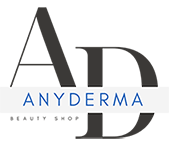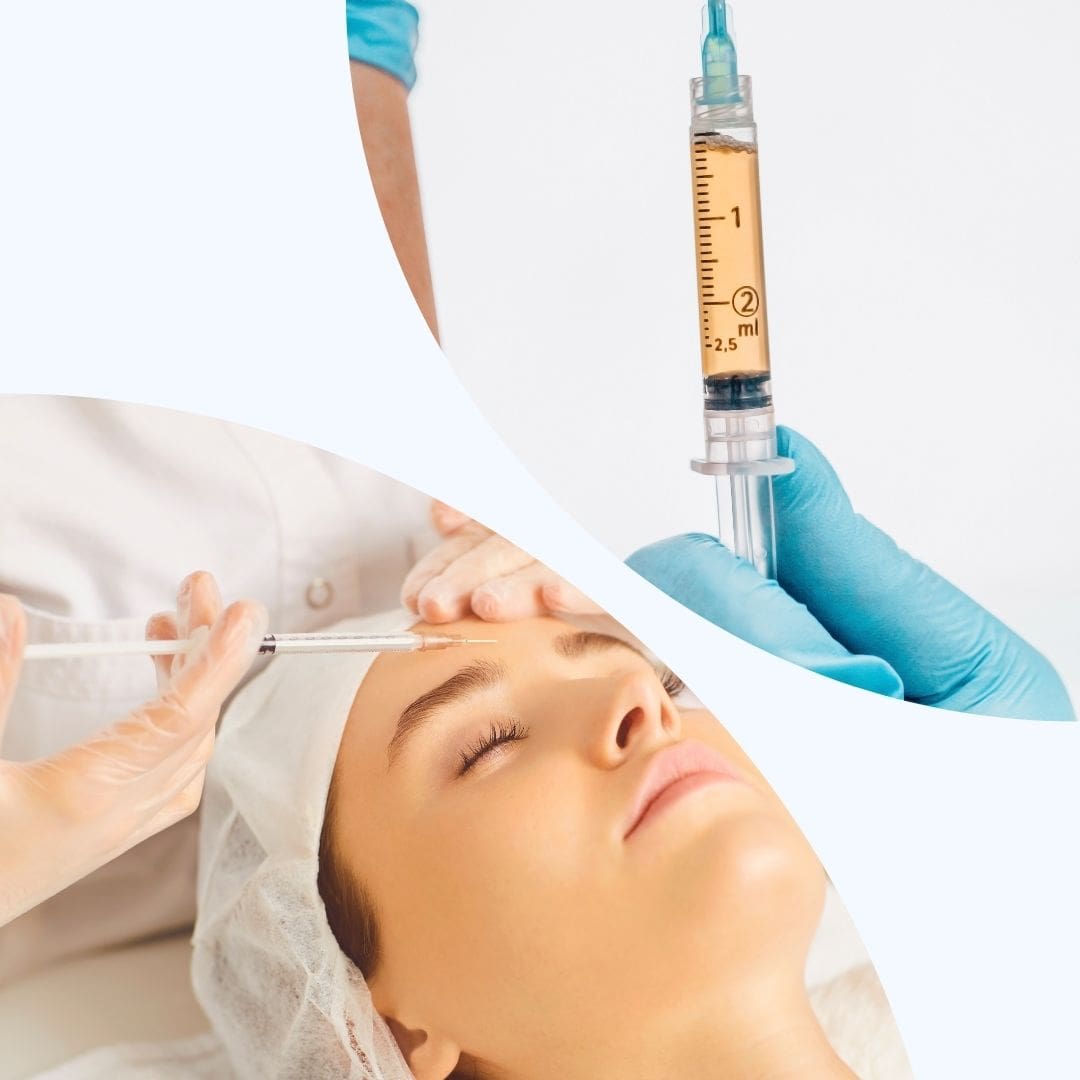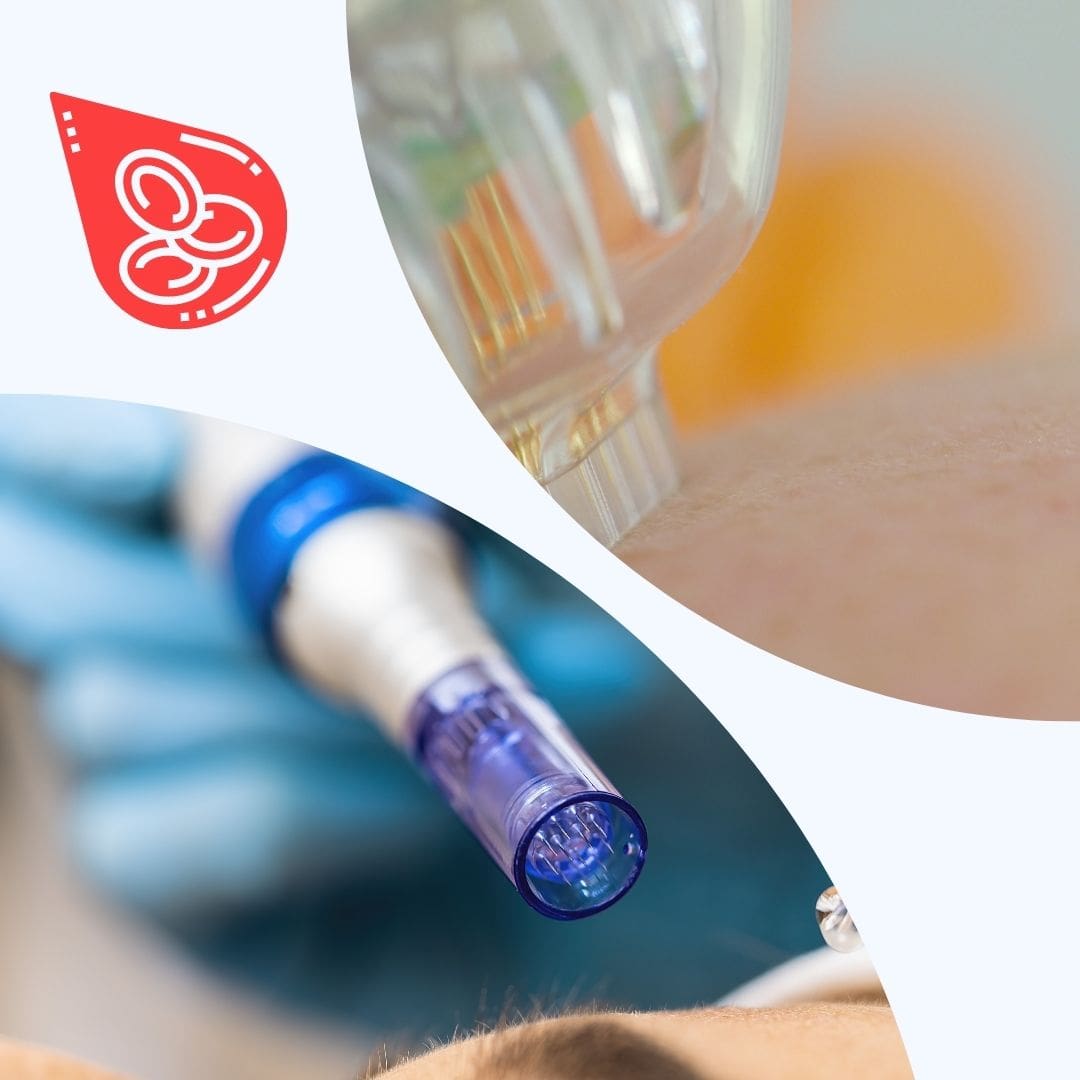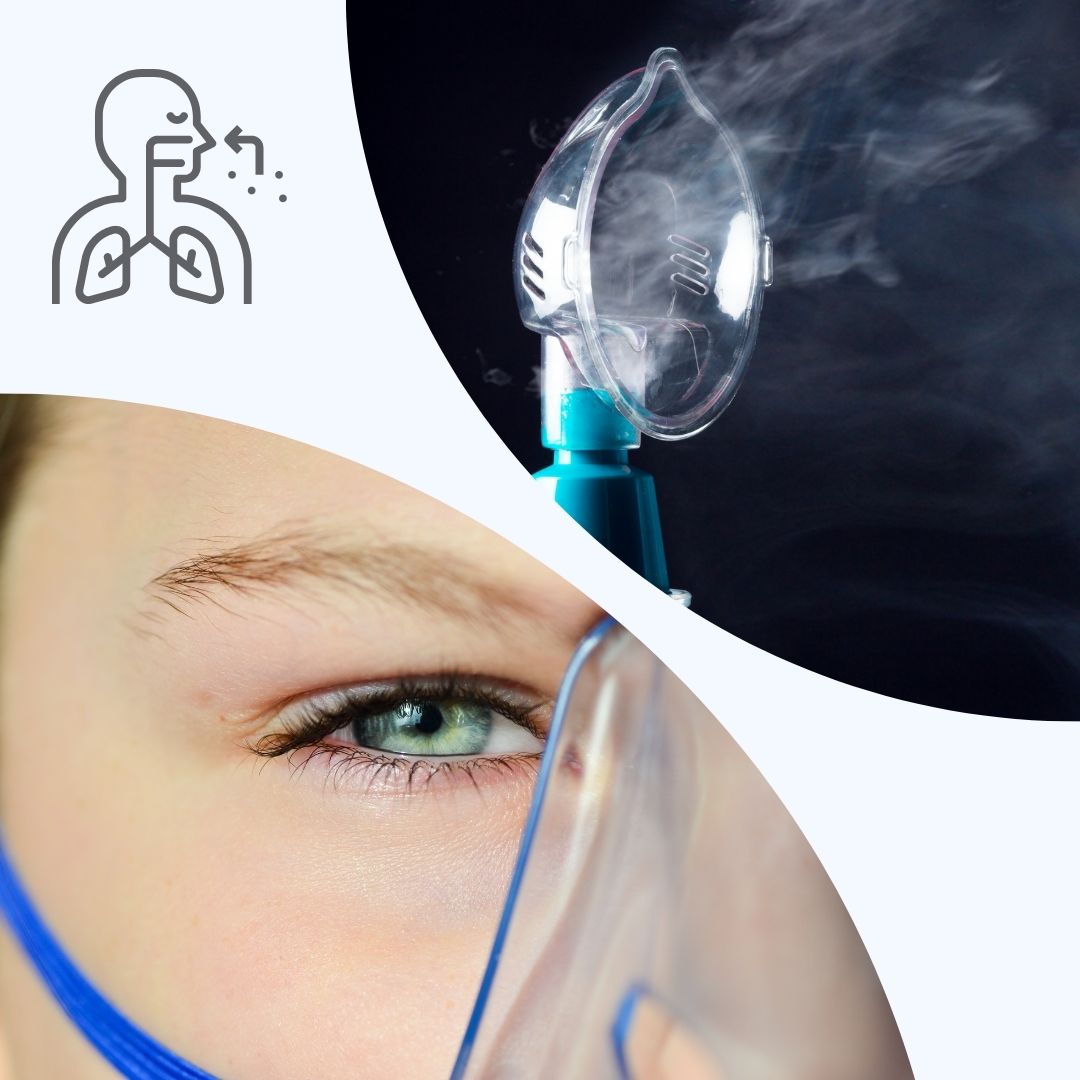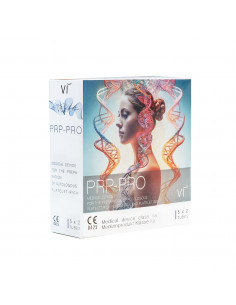Q: What are PRP treatment techniques?
A: PRP treatment techniques are different methods of delivering Platelet Rich Plasma (PRP) to the body in different ways. PRP is a substance derived from the patient's own blood that contains a high concentration of platelets. These techniques include injections, microneedling and mesotherapeutic applications.
Q: How do PRP injections work?
A: PRP injections involve injecting the concentrated PRP directly into the affected area. This can be used for joint problems, tendon injuries, or skin problems such as wrinkles or scars. PRP contains growth factors that promote natural tissue healing and regeneration.
Q: What are PRP microneedles?
A: PRP microneedling is a technique that uses tiny needles to deliver PRP into the top layer of skin. This method is often used in aesthetic dermatology to treat skin problems such as acne scars, pigmentation disorders or wrinkles. The microneedles stimulate collagen production and improve the absorption of PRP into the skin.
Q: How does the mesotherapeutic application of PRP work?
A: In mesotherapeutic applications, PRP is injected in small amounts into the middle layer of the skin. This allows the PRP to have a targeted effect. This technique is often used for hair restoration in cases of hair loss, as PRP can stimulate hair growth and strengthen hair follicles. Mesotherapy with PRP can also be used for skin rejuvenation or cellulite treatment.
Q: What are the benefits of PRP treatments?
A: PRP treatments can promote natural tissue healing and regeneration. They can be used for a variety of medical and aesthetic issues, including joint problems, skin problems, hair loss and skin rejuvenation. These techniques often offer an effective, non-surgical alternative to patients who want to improve their health and appearance.
Q: Are there any risks or side effects associated with PRP treatments?
A: In general, PRP treatments are safe because the PRP is derived from the patient's own blood. However, there may be temporary side effects such as redness, swelling or mild pain at the injection site. It is important that treatments are performed by qualified professionals to minimize the risk of complications.
Q: Where can I go for PRP treatments?
A: PRP treatments are performed by specialized professionals such as physicians, dermatologists or medical cosmetologists. If you are interested in PRP treatment, you should contact a trusted medical facility or practice that has experience in this field.

